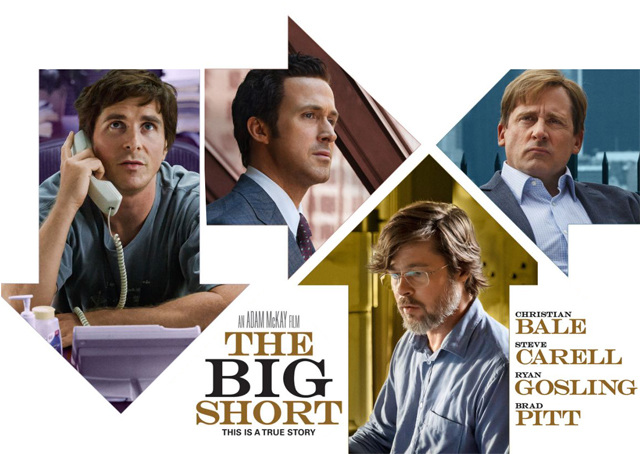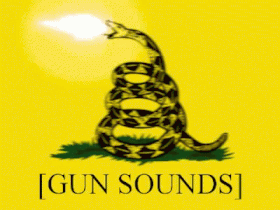|
When testifying in 2010 before the Financial Crisis Inquiry Commission into the financial crash, then Federal Reserve Board Chairman Ben Bernanke recommended only one reference, Lords of Finance: The Bankers Who Broke the World (2009), presumably for the narrative that insufficient money-printing in the aftermath of the Great War lead to the next one. Right idea, wrong narrative! The US homeownership rate peaked at a rate well above the current level almost a half century ago, mostly funded by a system of private mutual savings banks and savings and loans. The historical justification for federal “secondary market” agencies was political expediency – exemption from now-obsolete federal, state, and local laws and regulations inhibiting a national banking and mortgage market. Now government-run enterprises account for about 90% of all mortgages, with the Fed as their primary funding mechanism – what the Economist recently labeled a de facto nationalization. The Historical Evolution How did the private US housing finance system repeatedly go bankrupt? To quote Hemingway: gradually, then suddenly.How did the private US housing finance system repeatedly go bankrupt? To quote Hemingway: Gradually, then suddenly. The two competing political narratives of the cause of financial market crises remain at the extremes – either a private market or public political failure – with diametrically opposite policy prescriptions. The politician-exonerating market failure narrative has, not surprisingly, dominated policy, with past compromises contributing to the systemic financial system failure, the global recession of 2008, and subsequent nationalization. The Great Depression stressed the S&L system, but the industry’s vigorous opposition to both federal deposit insurance and the Fannie Mae secondary market proved prescient as the federally chartered savings and loan industry eventually succumbed by 1980 to the federal deposit insurer’s perverse politically imposed mandate of funding fixed-rate mortgages with short-term deposits and competition from the government-sponsored enterprises. The S&Ls were largely replaced by the commercial banks. To make banks competitive with Fannie and Freddie, politicians and regulators allowed virtually the same extreme leverage, in return for a comparable low-income lending mandate – CRA requirements leading to a market-dominating $4 trillion in commitments to community groups, to whom the Clinton Administration had granted virtual veto power over new branch and merger authority. The Financial Crisis of 2008 and the Aftermath The Big Short by Michael Lewis, and the more recent movie by the same title, portrayed not just banker greed, but the extreme frustration of those shorting the US mortgage market, stymied by a housing price bubble many times greater than any in recorded US history that refused to burst. The reasons: 1. The Fed kept rates low and money plentiful, and 2. Whereas banks would have run out of funding capacity, the ability of Fannie and Freddie to continuously borrow at the Treasury’s cost of funds – regardless of risk and their HUD Mission Regulator requirement to maintain a 50% market share – kept the bubble inflating to systemic proportions. The Obama Administration fully embraced the alternative private market failure narrative in Fed policy, regulation, and legislation:
The Long-Term Consequences Bernanke’s focus on choosing the narrative was useful, but the political choice of the market failure narrative appears to reflect convenience rather than conviction. The direct taxpayer costs of implicit or explicit public insurance and guarantees come with both a whimper – tax savings amounting to tens of billions annually due to the deductibility of interest costs – and a bang – future taxpayer bailouts generally delivered off-budget. The student loan market has also been de facto nationalized.Fannie and Freddie conservatorship deftly avoided debt consolidation while dividends reduced reported federal deficits. The student loan market has also been de facto nationalized, with potential unbudgeted losses totaling hundreds of billions. Obamacare was similarly premised on regulating private health insurers to make health insurance simultaneously cheaper and more widely available, but under-budgeted health insurance subsidies predictably caused massive losses, and health insurers are now withdrawing from the market. Monetary policies caused household savings to stagnate as returns to retirement savings evaporated. Defined obligation public pension funds are all rendered technically insolvent when funding is valued at current market returns, rather than the assumed rate as much as ten times that. The failure of the economy to grow per capita was explained as the “new normal.” But politicians made no attempt to reflect the implied, technically insolvency of public pensions or Social Security and Medicare. Private firms fail, but private markets rarely do. Public protection and regulation makes firms “too big to fail” until markets fail systemically. The current and projected future public debt bubble is unsustainable, and financial markets will eventually ignore the accounting deceptions and pop it. The relative weakness of other sovereign debt is delaying the inevitable, making The Really Big Short a good title for a Michael Lewis sequel. Politicians and central bankers will again say “nobody saw this coming.” What then? 
Kevin VillaniKevin Villani, chief economist at Freddie Mac from 1982 to 1985, is a principal of University Financial Associates. He has held senior government positions, been affiliated with nine universities, and served as CFO and director of several companies. He recently published Occupy Pennsylvania Avenue on the political origins of the sub-prime lending bubble and aftermath. This article was originally published on FEE.org. Read the original article. The student loan market has also been de facto nationalized.
More from Libertylol:
0 Comments
Your comment will be posted after it is approved.
Leave a Reply. |
Search the
libertyLOL Archives: Archives
December 2020
Search and Shop on Amazon.com!
Tom Wood's Liberty Classroom"Get the equivalent of a Ph.D. in libertarian thought and free-market economics online for just 24 cents a day...."
At Liberty Classroom, you can learn real U.S. history, Western civilization, and free-market economics from professors you can trust. Short on time? No problem. You can learn in your car. Find out more! |



